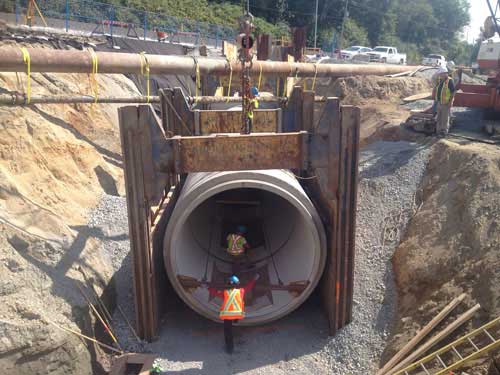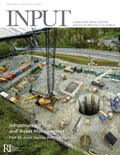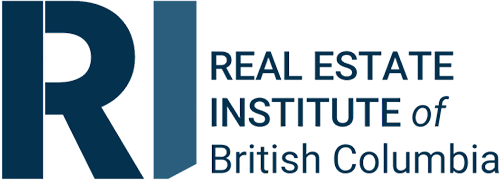Insight: REIBC blog > Servicing a Region’s Water and Wastewater Needs
 |
Metro Vancouver sewer installation (Credit: Metro Vancouver)
|
Approximately one billion litres of clean water makes its way to Metro Vancouver customers every day. It is delivered through the regional district’s network of dams, treatment facilities, water mains, pumping stations, and storage reservoirs into local government distribution systems, which bring the water to residents, businesses, institutions, industry, and public facilities.
Like the drinking water delivery system but in reverse, wastewater flows into municipal sewer pipes and then into larger, regional trunk sewers. Metro Vancouver is responsible for about 530 km of trunk sewers and 33 sewage pumping stations that convey wastewater to the region’s five wastewater treatment plants. It treats about 440 billion litres of wastewater every year, managing the regional drainage areas in Vancouver, Burnaby, Port Moody, Coquitlam, and at the University of British Columbia. After being collected and treated, wastewater is returned to local water bodies. Metro Vancouver staff regularly inspect and assess this infrastructure to determine whether repair, rehabilitation, or replacement is needed. The goal is to maximize the effective life of these assets and ensure continuous delivery of services.
 |
| Download Spring 2016 |
Read more in “Providing Water and Sewerage Services to a Growing Metro Vancouver Region,” in the Spring 2016 issue of Input, page 38.
More information about Metro Vancouver
Join the conversation on Facebook
